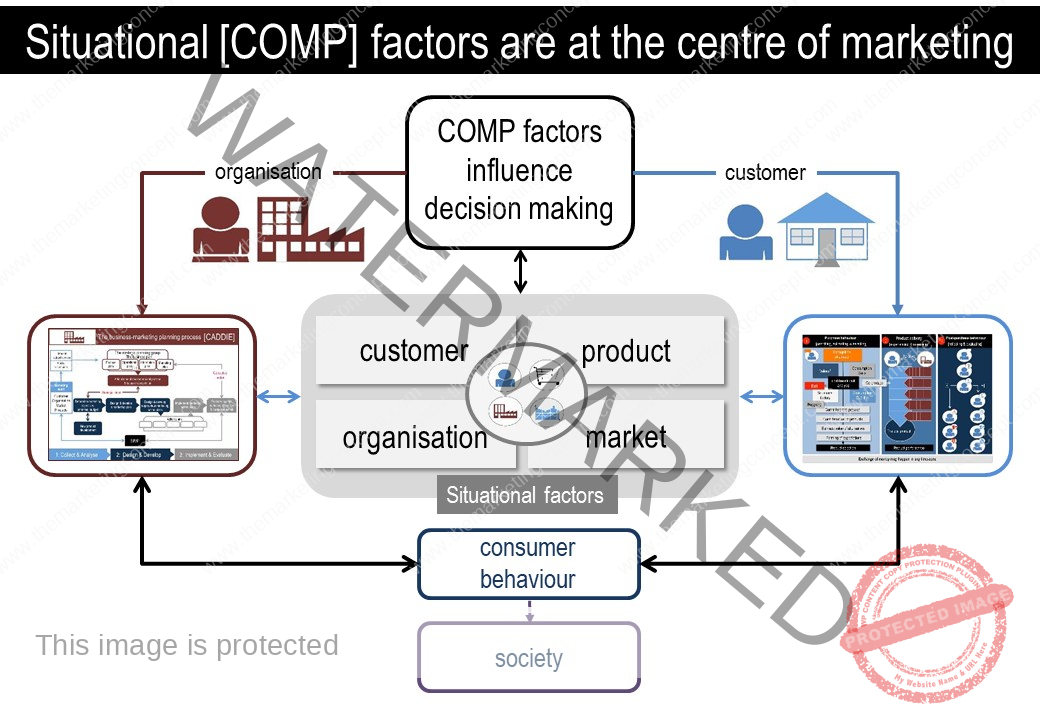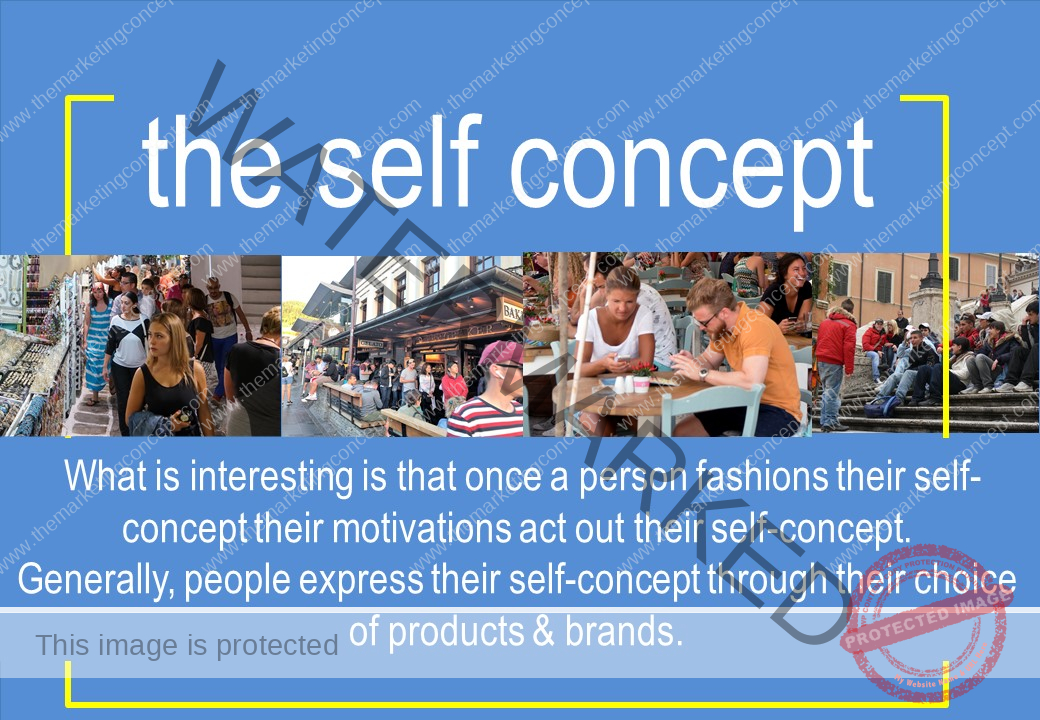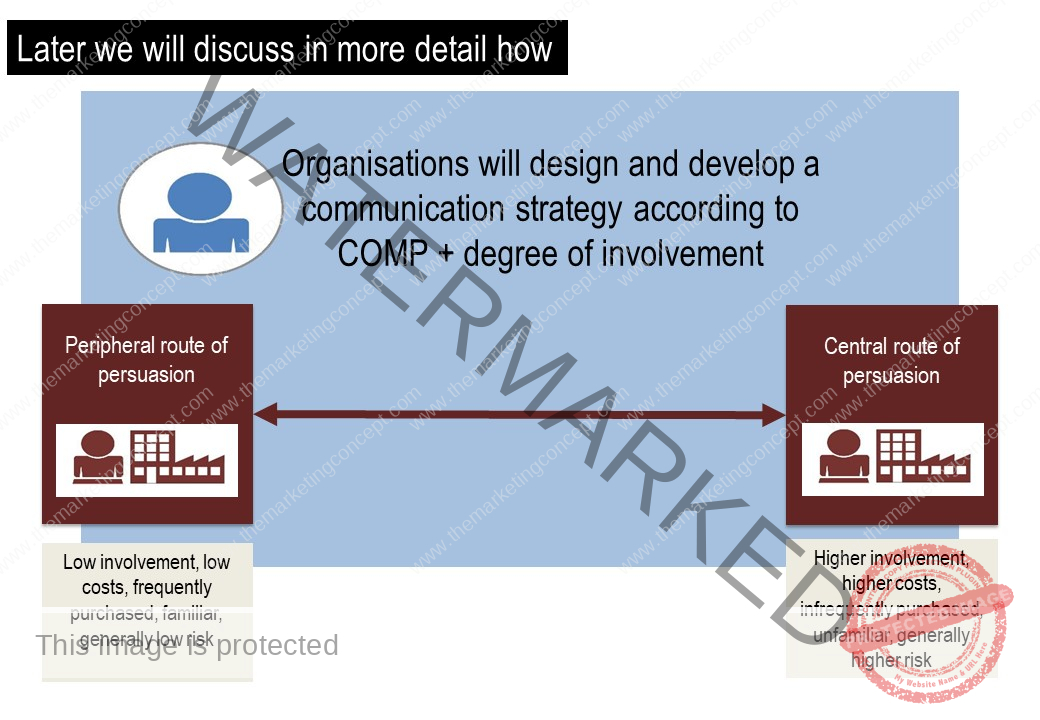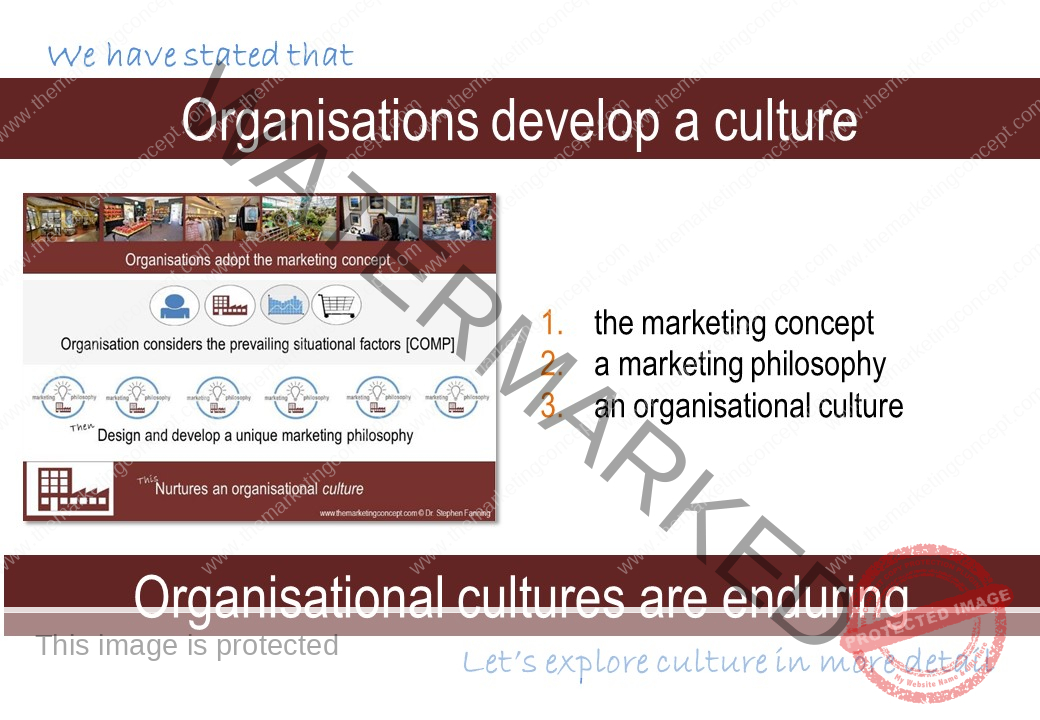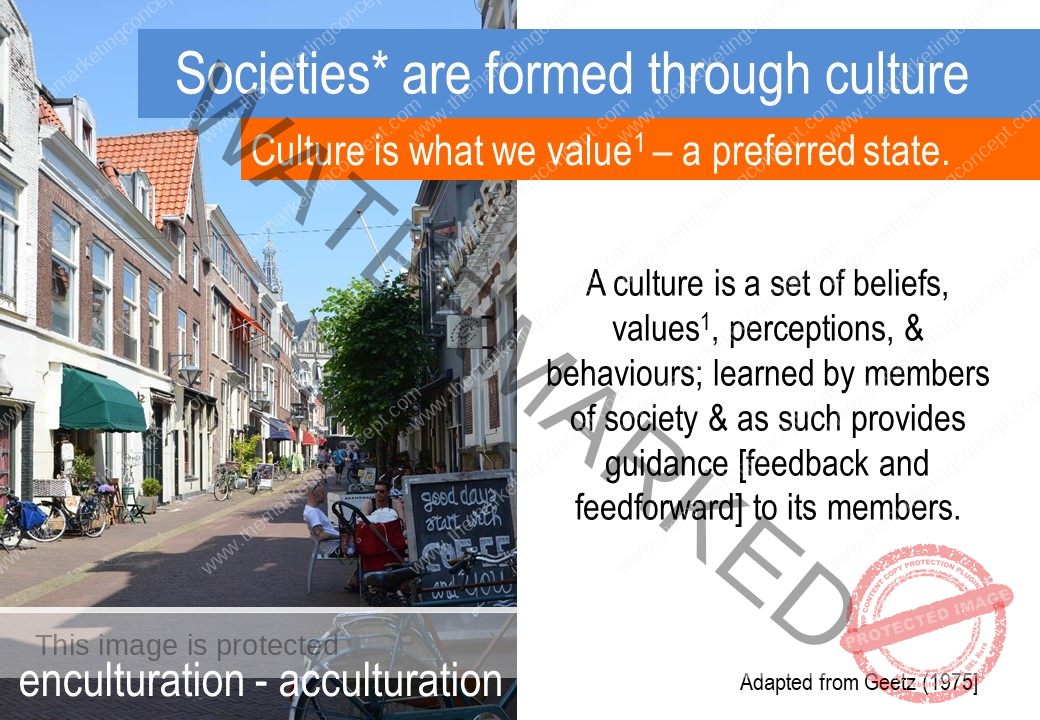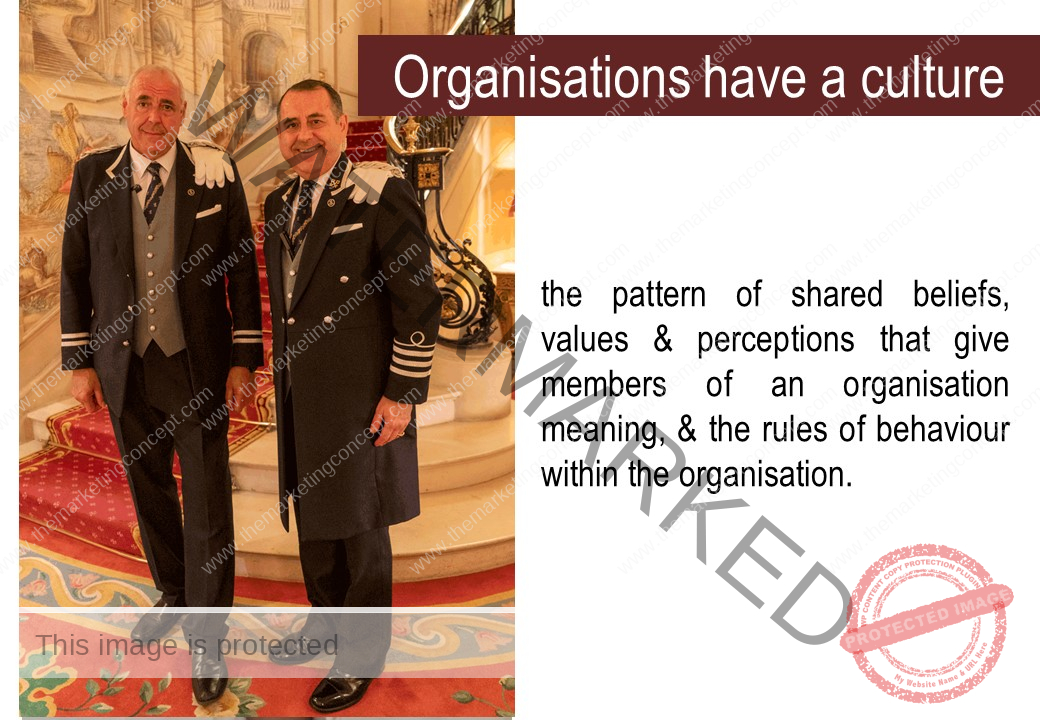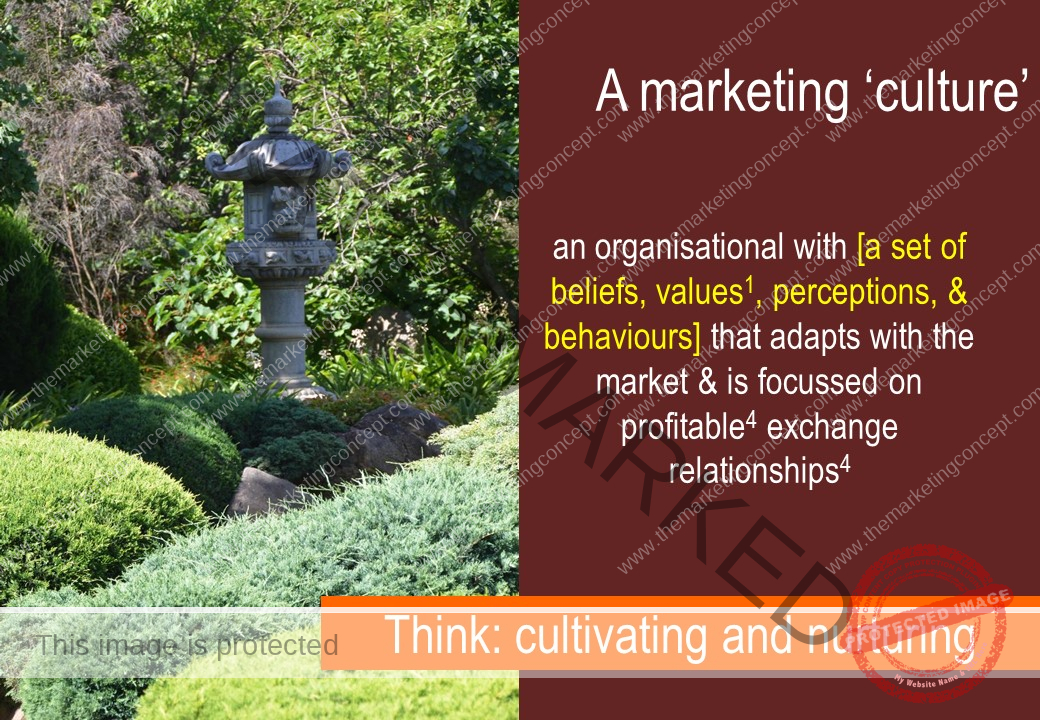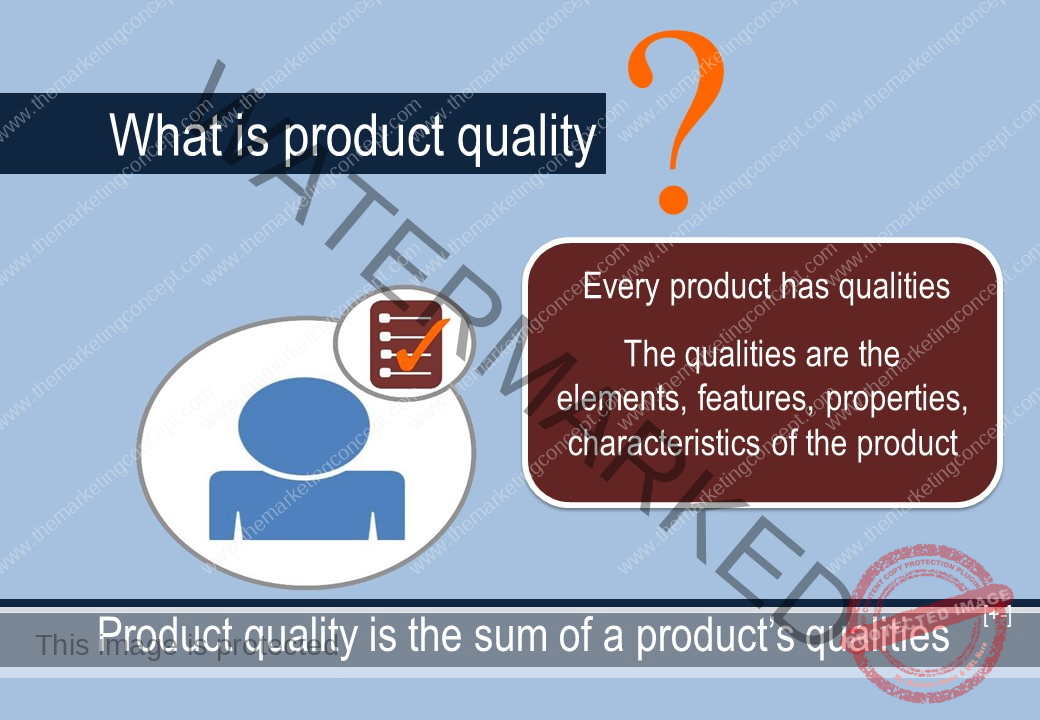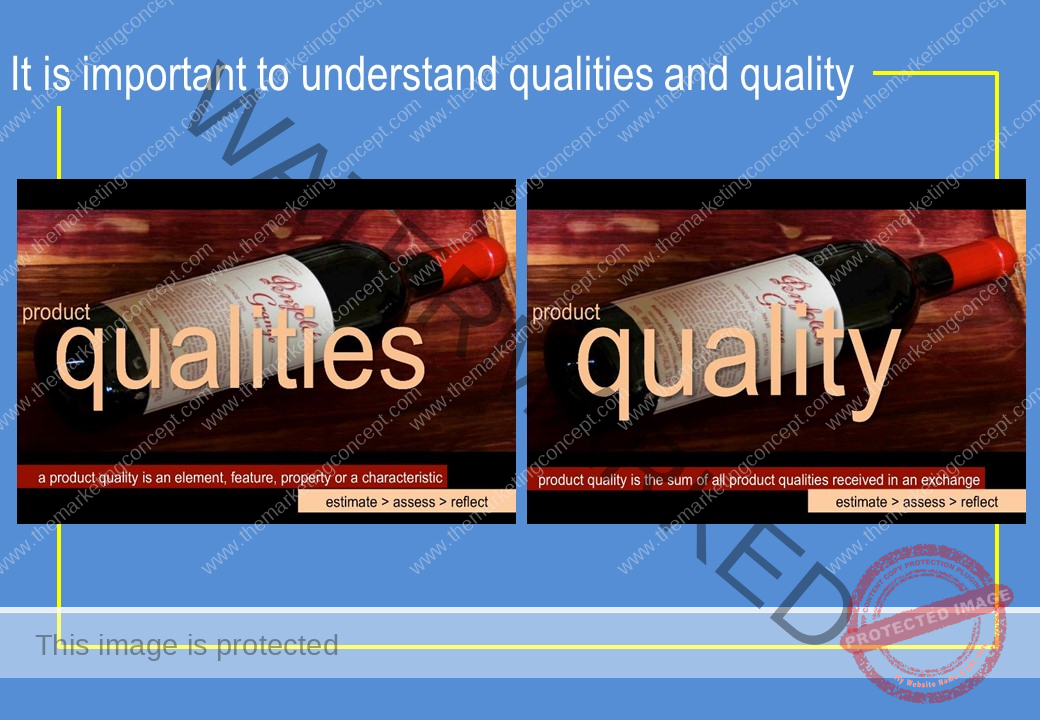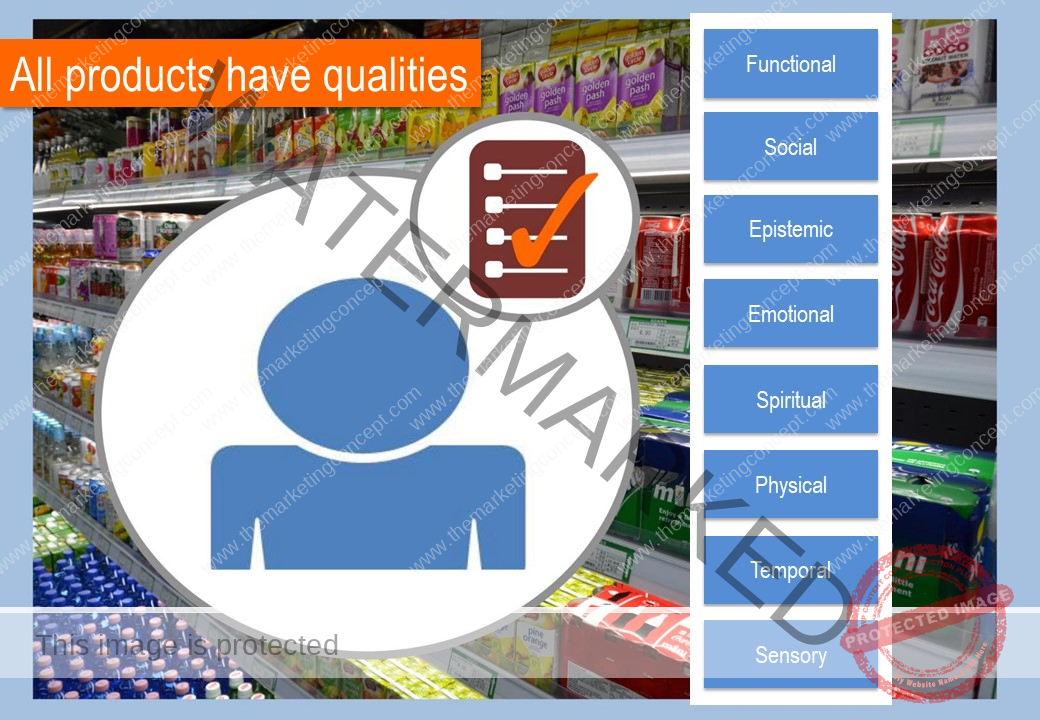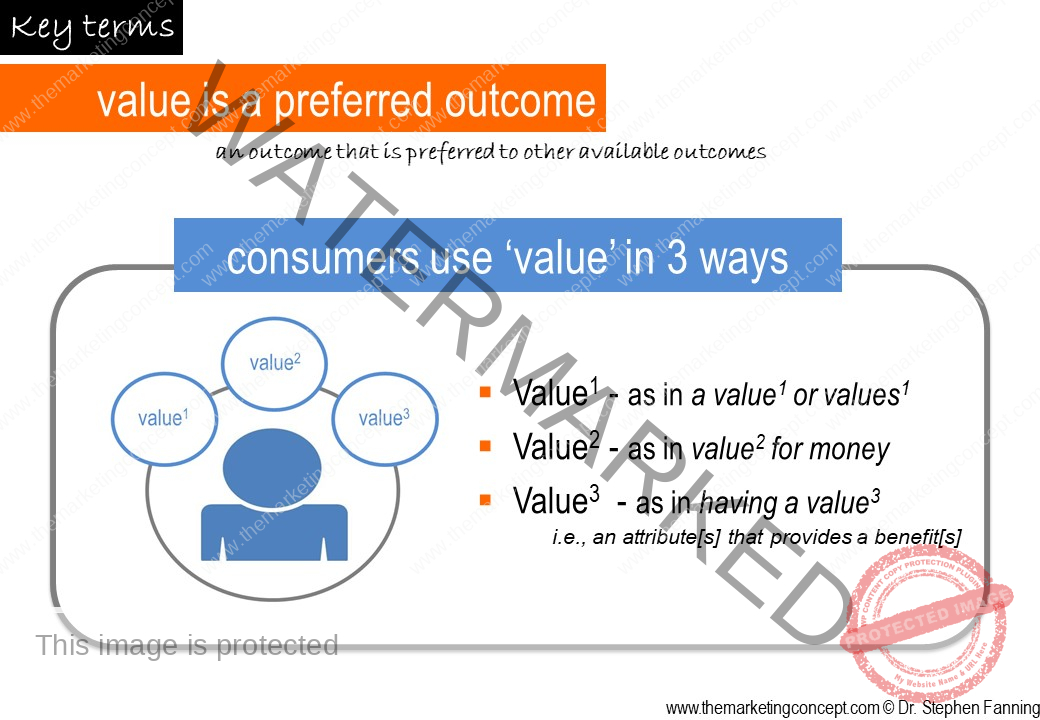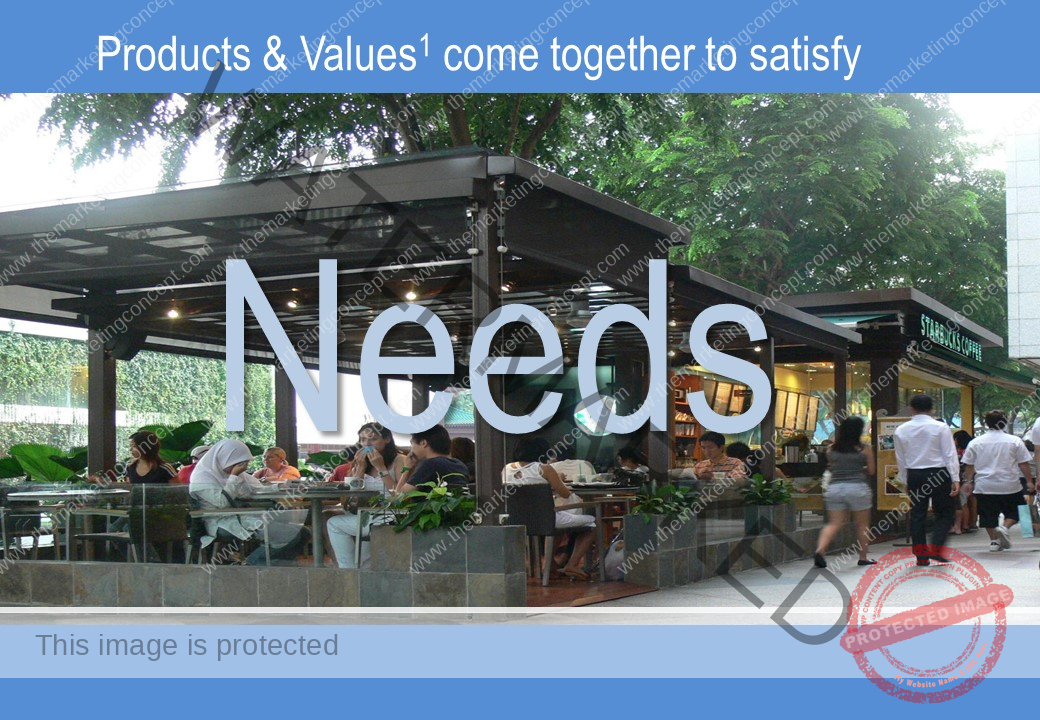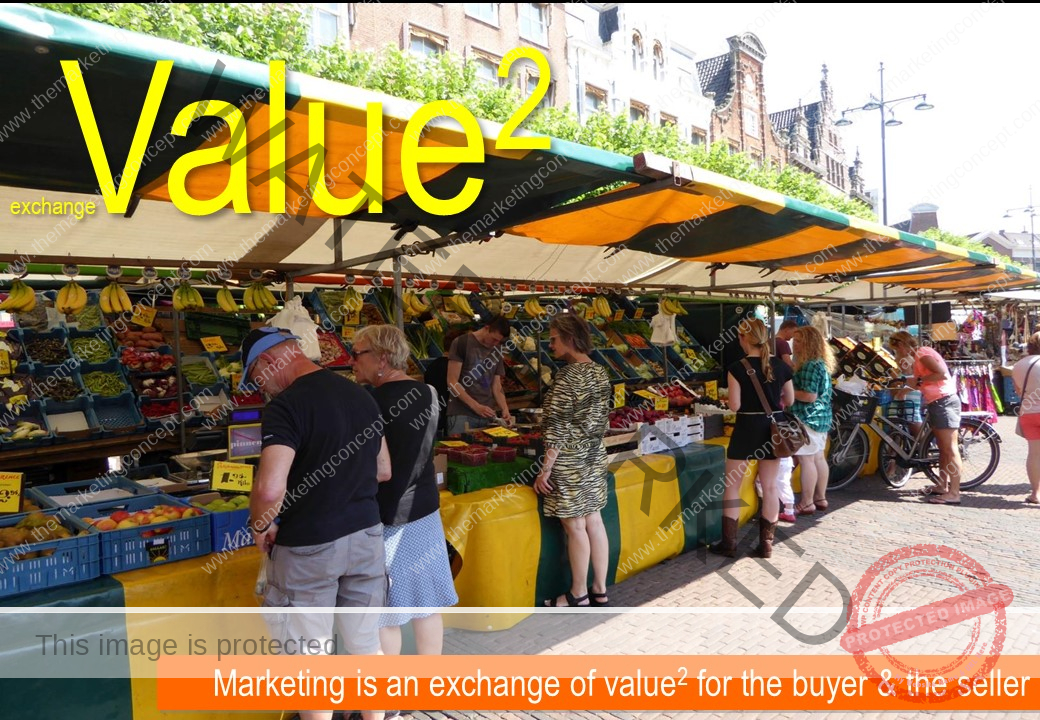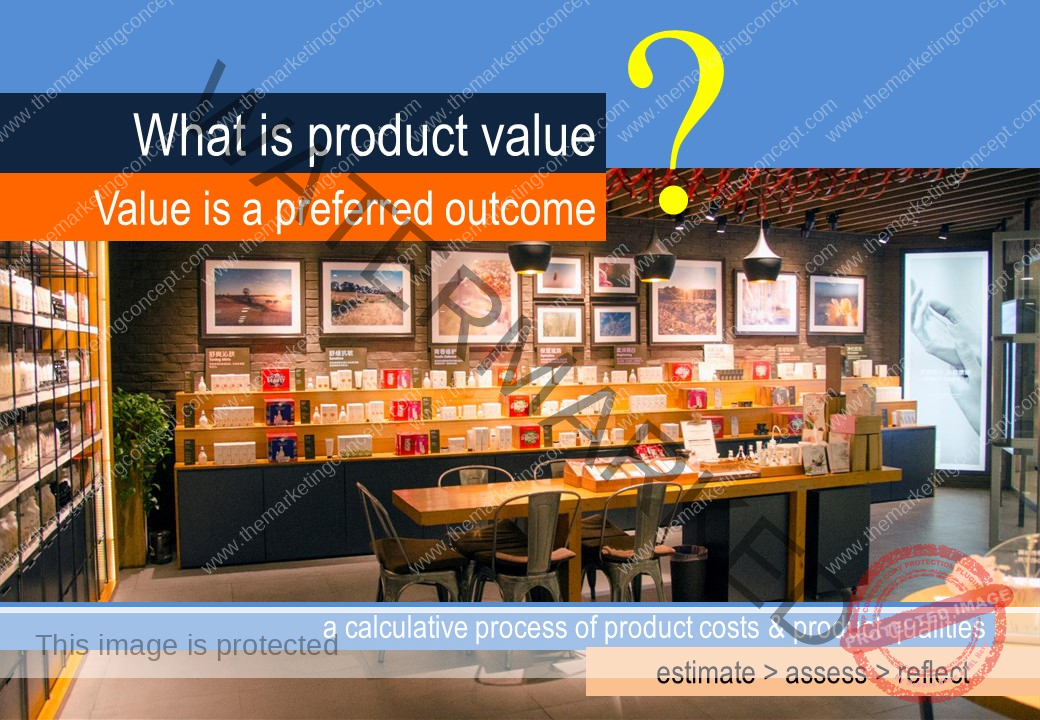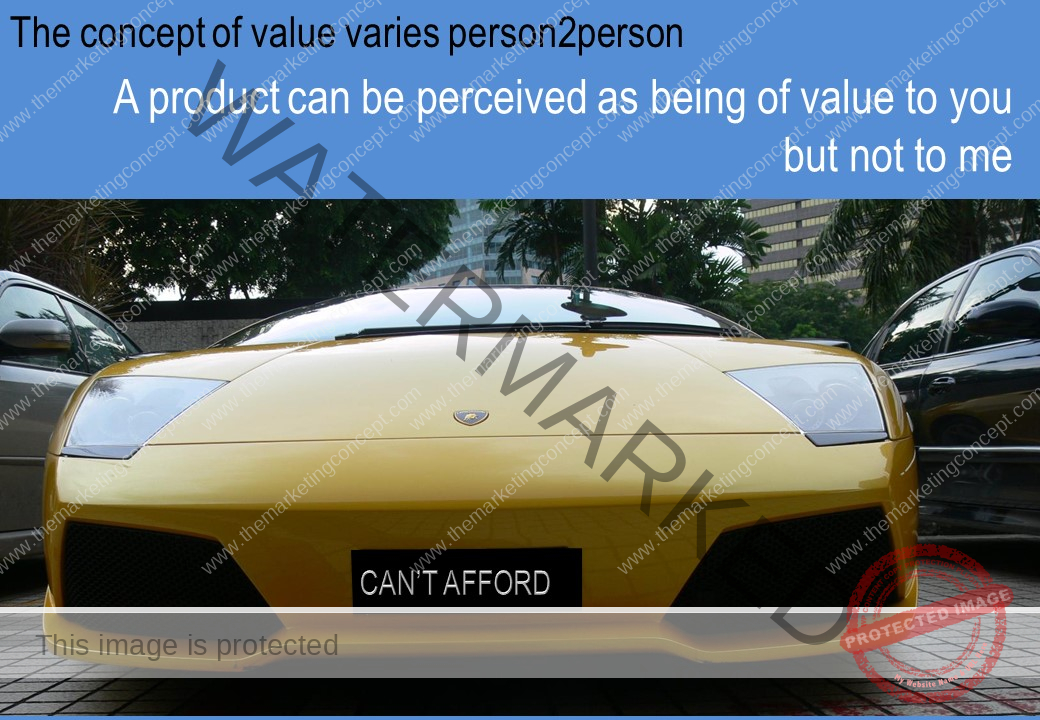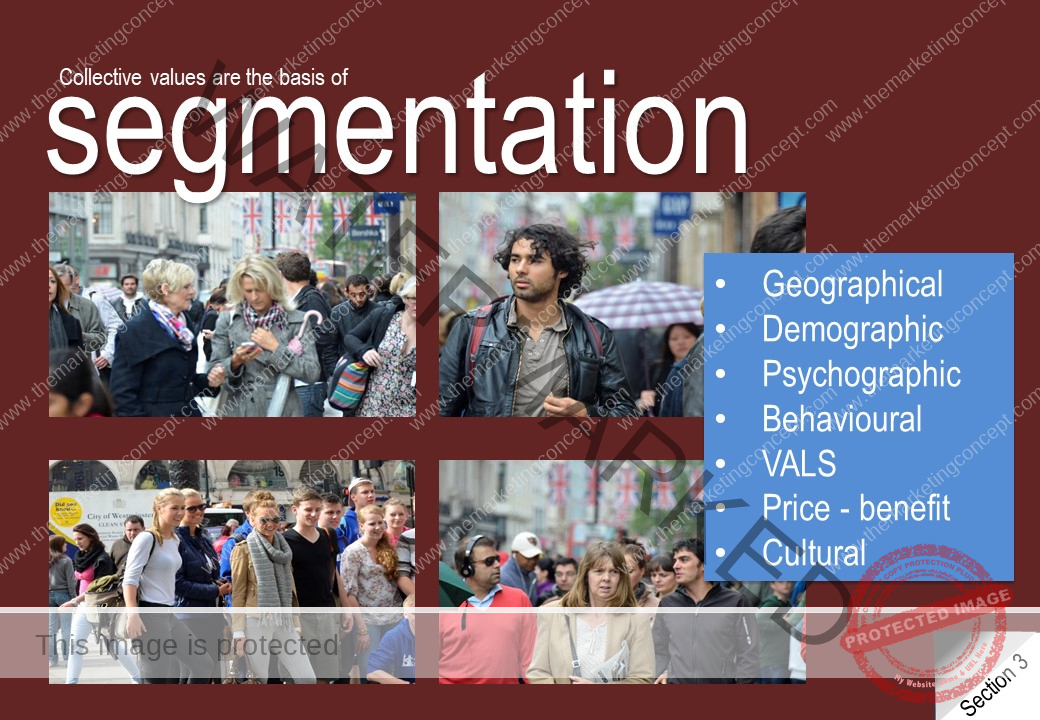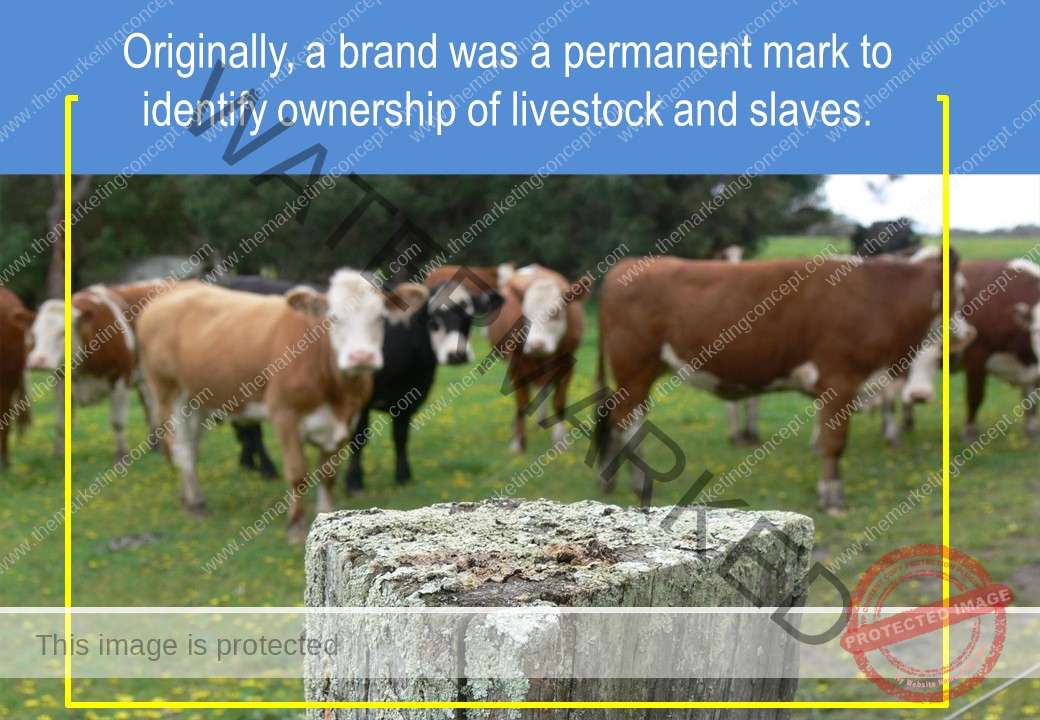
Marketing theory [section 2: preview]
We begin our exploration of section 2, with a discussion of the key marketing terms required to better understand the marketing theory section. This is important as definitions provide meaning and this facilitates accurate and shared meaning; words are often described as the ‘building blocks of thought’. Therefore, to think about marketing a comprehensive understanding of the key marketing terms is required.
The building blocks of thought
As you have probably already discovered – marketing scholars and marketing practitioners have their own language and construct their business conversations around a set of concepts, theories, and constructs.
Why is this important?
Having an understanding of the language, the concepts, theories and constructs enables marketing practitioners to communicate with increased clarity and effectiveness with fellow marketing practitioners and other parties.
The hierarchy of concepts
The marketing concept is the superordinate concept of marketing [highest in rank, primary and holistic], there are many, more specific, subordinate marketing concepts within this umbrella. Concepts and theories vary in significance, for example as a superordinate concept ‘the marketing concept’ has more significance than a subordinate concept ‘a marketing concept’ which conceptualises a theory. To provide a structure for the e-book 5 secondary concepts were identified and employed. [1] profitable exchange relationships, [2] the buyer decision process, [3] the total product, [4] the circle of satisfaction, and [5] the CADDIE business-marketing planning process.
In section 1 we explored the secondary concept of ‘profitable exchange relationships. In section 2 we continue to explore profitable exchange relationships, however, we explore it as an exchange between a customer and an organisation through the secondary concepts of the buyer decision process, the total product, and the circle of satisfaction. Each of the secondary concepts provide a conceptual umbrella for a number of marketing theories and constructs.
In this module we provide an overview of consumers and customer behaviour and customer involvement. Then, we unpack, culture, products, qualities and quality, value and values, satisfaction, and distinguish between products and brands.
BTW: please read the e-book and then consider the following slides.


